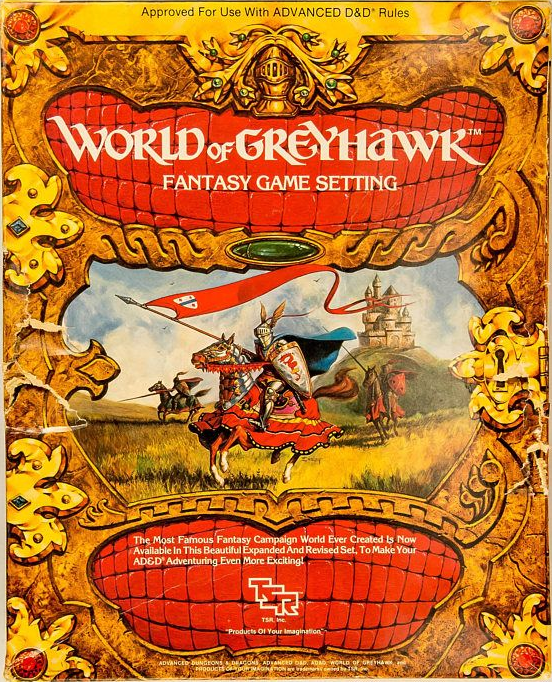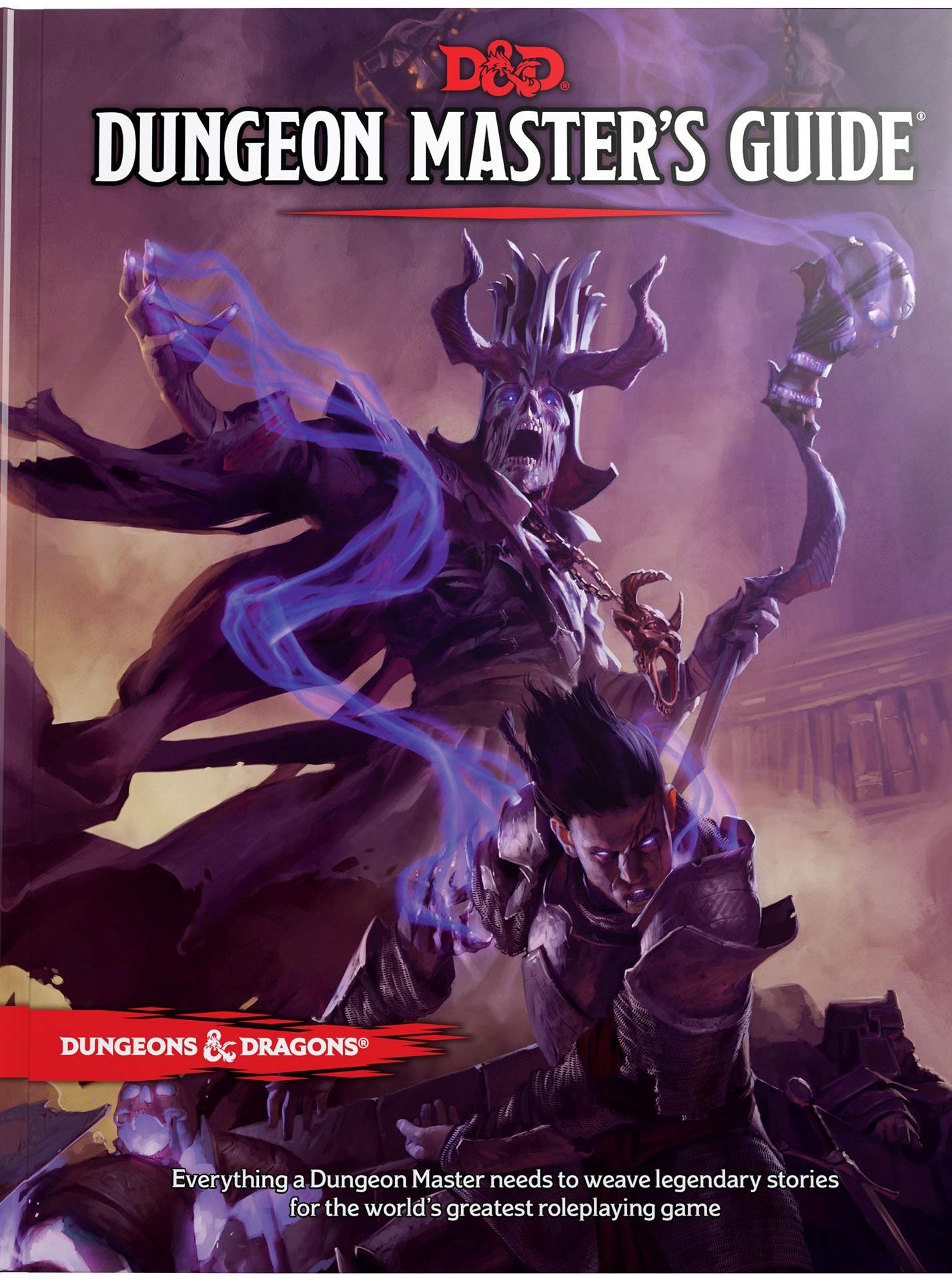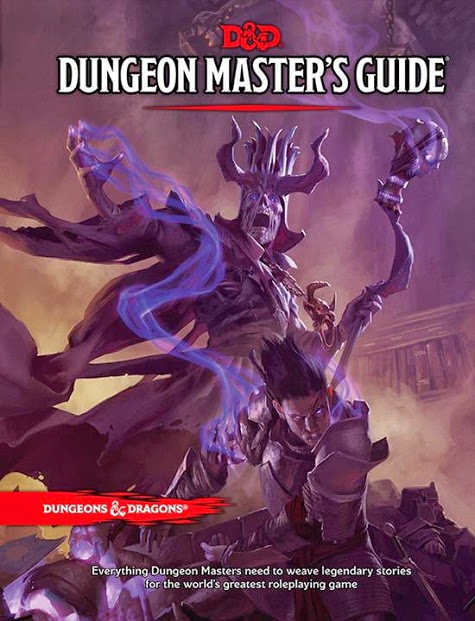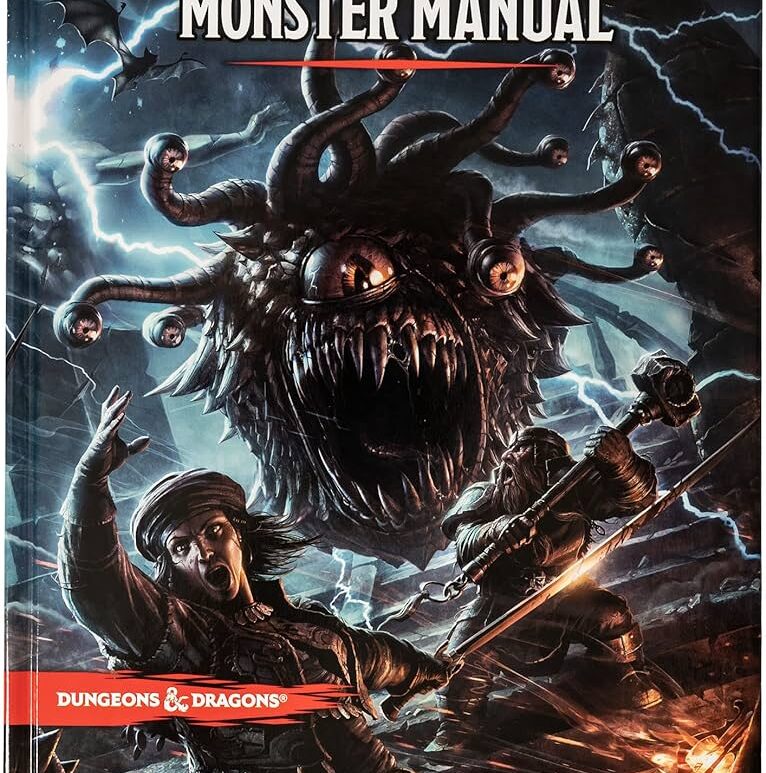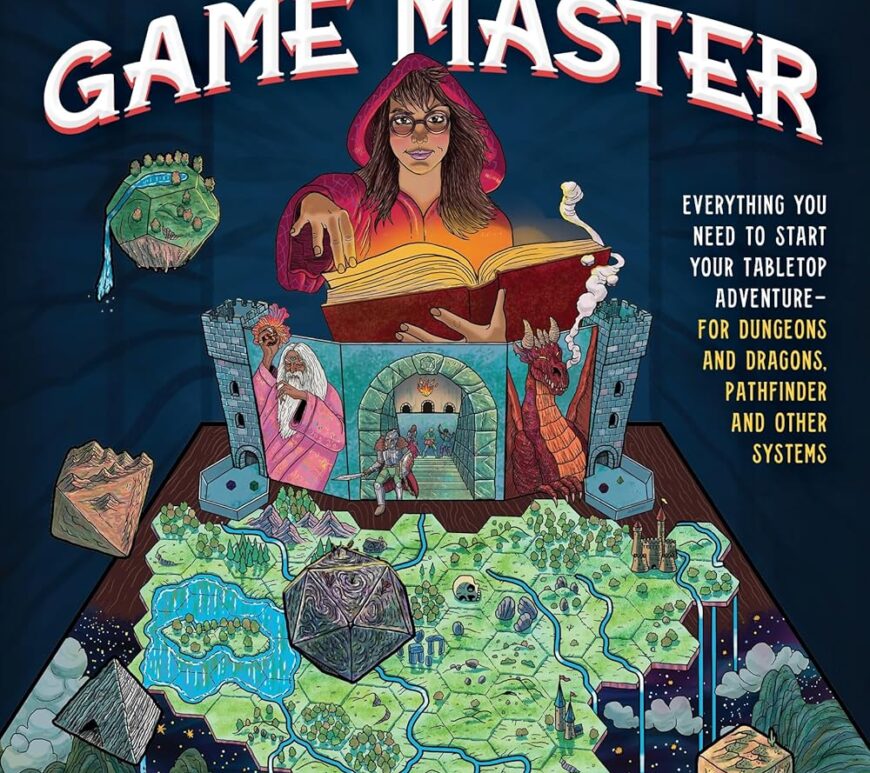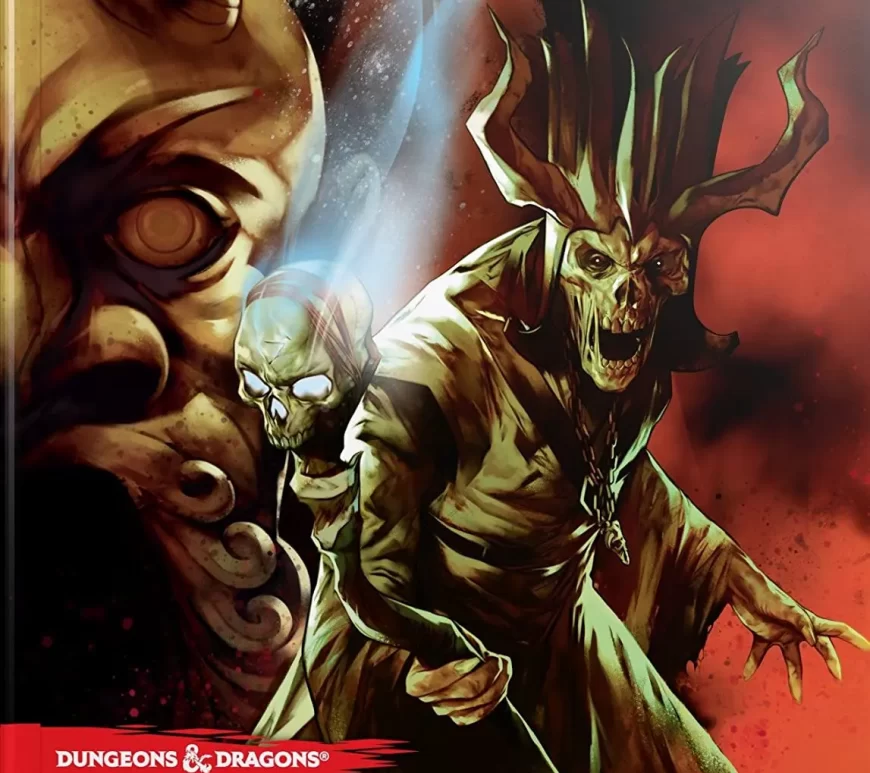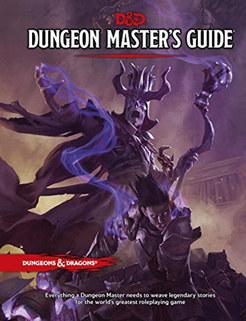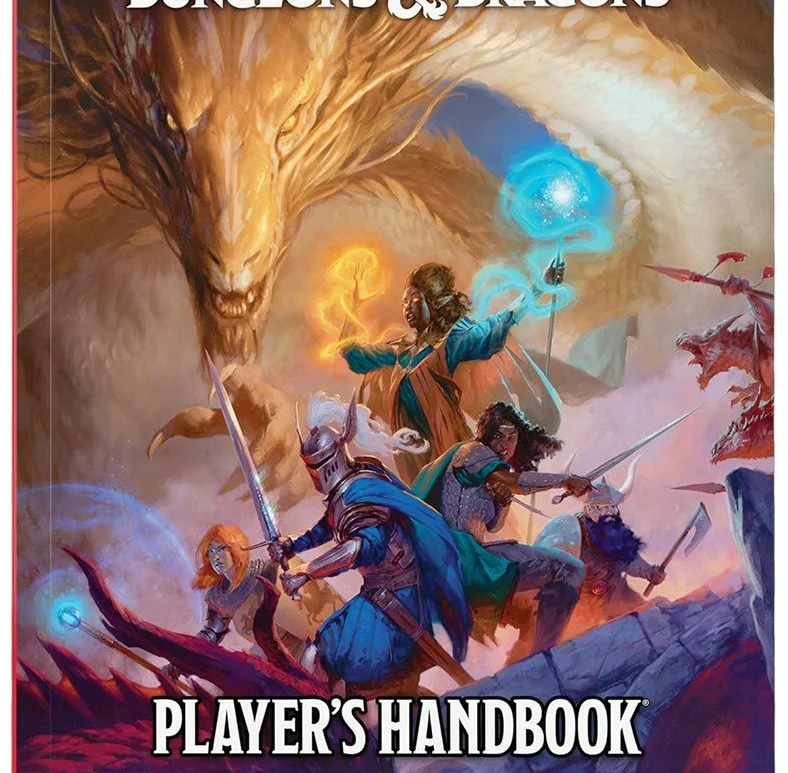
I Want Magic Weapons to Matter
There’s part of me that wants to put monsters that can only be hit by +1, +2 or even +3 weapons back into the game. And you’re wondering, “Why do you hate your players so much?” “I’m an old school DM. It’s what I do!” 😉 But it’s actually more nuanced than that. D&D 2024 removed almost all resistances and immunities to normal weapons from … Continue reading I Want Magic Weapons to Matter

